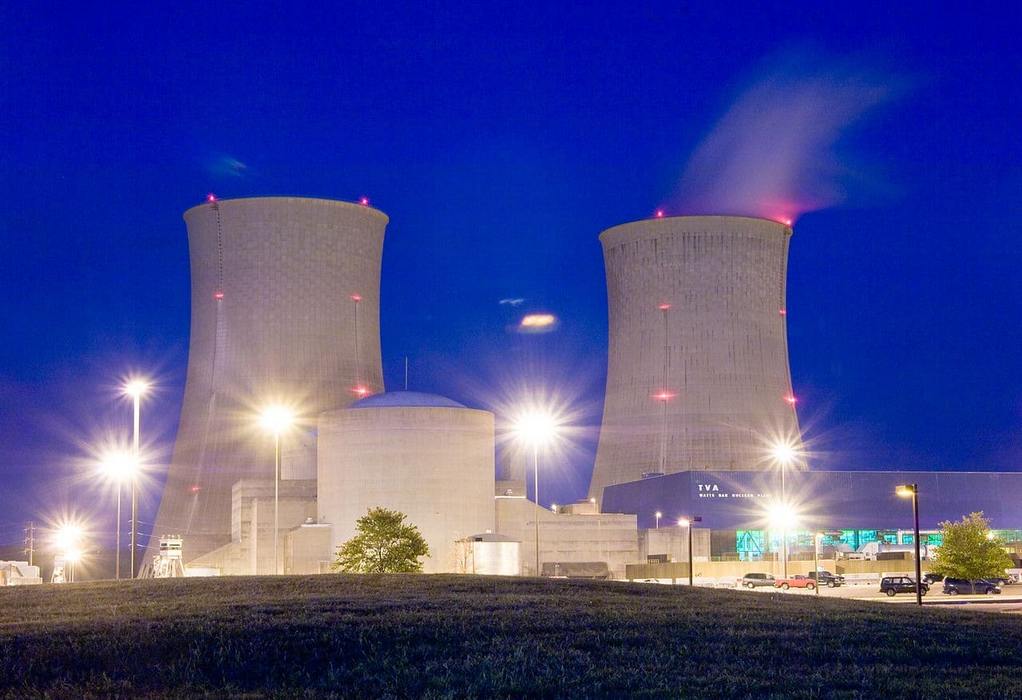What are India’s options for transition to net zero emissions (NZE) by 2070? A report by the Vivekananda International Foundation (VIF) Task Force addressed two questions. What is the minimum quantum of demand to reach net zero emissions? Second, what is the most cost-effective way of producing the minimum demand? Mathematical modelling by IIT Bombay found that the quantum of electricity demand will rise to 24,000–30,000 GW by 2070. This seems much higher than the IEA’s estimate of 3,400 GW by 2040. IEA has not given any projection of demand in 2070. India’s energy consumption in 2020 was 6,200 TWhr. Is it logical to expect that energy consumption will go down to half in two decades instead of rising with increased development?
The mathematical modeling also found that the nuclear-high scenario will be cheapest at $11.2 trillion, while the renewable-high scenario will be most expensive, at $15.5 trillion by 2070. This seems contrary to popular perception based on falling renewable tariffs. This view however does not take into account systems costs. When the sun is not shining and the wind is not blowing, renewables have to be supplemented with a source of stable, base-load power. This results in additional cost which was estimated by the Forum of Regulators at Rs 2.12 per unit in 2021. Added to the tariff of Rs 2 per unit for solar power, this makes renewables, at Rs 4.12 per unit, more expensive than either thermal power (Rs 3.25) or nuclear (Rs 3.47).
Earlier, OECD and MIT studies have pointed out that the cost of achieving a low carbon target increases ‘disproportionately’ without the inclusion of nuclear in the generation mix. Renewables require higher capacity build-up due to their low PLF, which pushes up the cost of renewables-high approach. This problem is compounded by higher transmission costs associated with renewables. All new ultra mega solar power projects in India have to come up in remote locations like Kutch or Ladakh, which increases transmission costs.
The VIF study has also found that the renewable high scenario will require more than 4,12,033 square km of land, while the nuclear high scenario will require 1,83,565 square km of land. The total surplus land available in India currently is 2,00,000 square km according to a study by SP Sukhatme.
The developed countries’ commitment of $100 billion is paltry. How much money the reform of MDBs will release? The change in the World Bank equity-to-loan ratio from 20% to 19% would release $5 billion. The World Bank has estimated that $2.4 trillion is needed every year for developing countries to address climate change, conflict, and pandemic between 2023 and 2030. India, as the G20 chair, has put the figure higher at $4 trillion per annum for energy transition alone.
The bulk of the resources for energy transition will have to be internally raised. To avoid adding to the government’s fiscal burden, the financial health of the discoms must be restored. The rapid ramp-up of nuclear capacity will require government support since resources at this scale cannot be internally generated by Nuclear Power Corporation of India Limited (NPCIL). Renewables cannot provide stable, baseload power. Nuclear is the emission-free alternative to coal.
Tags: IEA, Net zero Emissions, Nuclear energy



Recent Posts
Port of Tauranga to Trial New Zealand’s First Fully Electric Straddle Carrier
CMA CGM Scales Up Low-Carbon Fleet and Fuel Infrastructure to Meet Net Zero Targets
OceanScore Crosses 2,300-Vessel Mark as Demand for Compliance Solutions Grows
HD Hyundai and H-Line Shipping Collaborate on AI-Powered Autonomous and Eco-Friendly Vessel Technologies
MOL Holds Naming Ceremony for LNG-Fueled VLCC Energia Viking at DACKS Shipyard
Egypt Advances Maritime Decarbonisation with National Action Plan Backed by IMO
Fuelre4m unveils VIRDIS: A predictive AI breakthrough in global fuel distribution, powered by Five9nes
EXMAR Launches First Ammonia-Fueled Gas Carrier at HD Hyundai Mipo